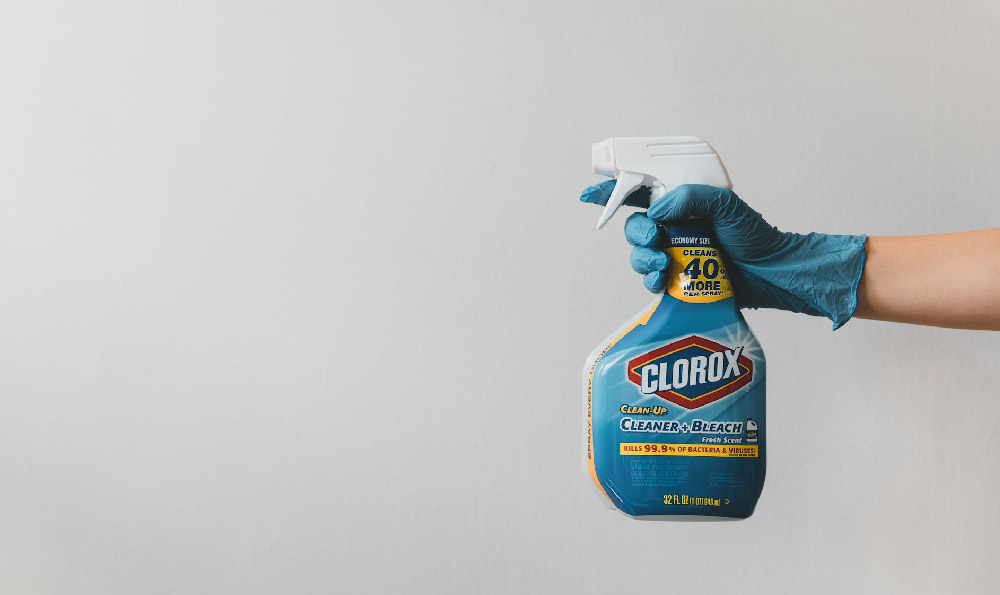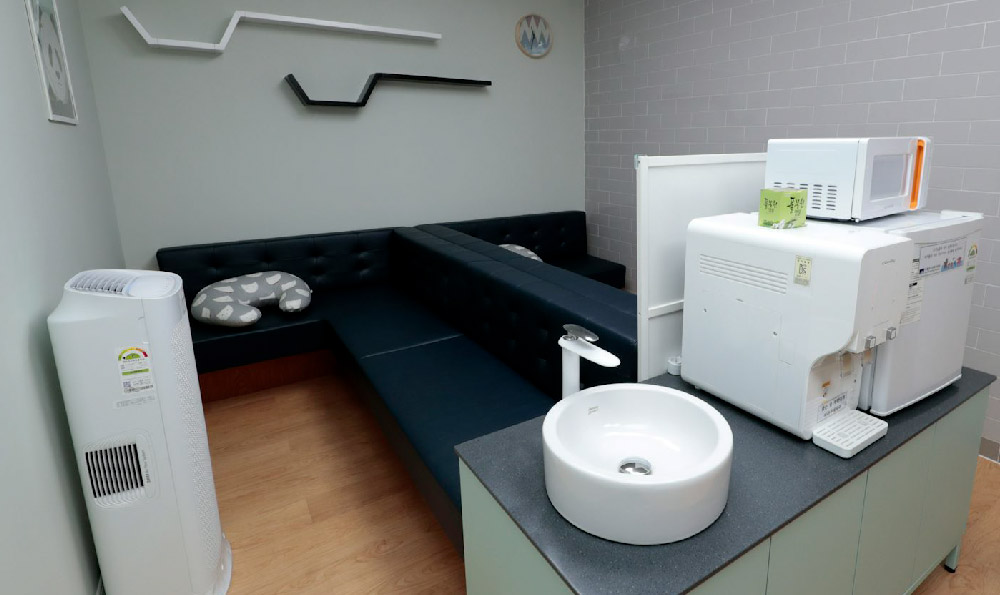
甲醛是一种常见的室内有害气体,其释放来源包括装修材料、家具和日常生活用品。为了帮助人们更好地了解甲醛超标程度,本文编制了甲醛指数参照表。该参照表旨在客观、清晰、简洁地提供甲醛超标程度的相关信息,以教育人们识别和应对甲醛污染问题。
2. 甲醛指数参照表的结构和解读
甲醛指数参照表分为五个等级:安全等级、轻度超标等级、中度超标等级、高度超标等级和严重超标等级。不同等级对应不同的甲醛浓度限值和相关健康影响。通过对参照表的解读,人们可以了解甲醛超标程度对健康的潜在风险。
3. 安全等级及其特征
安全等级表示室内甲醛浓度在安全范围内,对居住者的健康无明显影响。此时,室内甲醛浓度一般低于0.08mg/m³,属于可接受范围内。
4. 轻度超标等级及其特征
轻度超标等级表示室内甲醛浓度略高于安全范围,但对健康影响较小。此时,室内甲醛浓度通常介于0.08mg/m³至0.3mg/m³之间。
5. 中度超标等级及其特征
中度超标等级表示室内甲醛浓度明显高于安全范围,可能对居住者的健康产生不良影响。在此等级下,室内甲醛浓度一般在0.3mg/m³至0.5mg/m³之间。
6. 高度超标等级及其特征
高度超标等级表示室内甲醛浓度非常高,对健康有明显危害。在此等级下,室内甲醛浓度通常高于0.5mg/m³,可能引发呼吸道疾病、过敏反应等健康问题。
7. 严重超标等级及其特征
严重超标等级表示室内甲醛浓度极高,对居住者的健康构成严重威胁。在此等级下,室内甲醛浓度常超过1mg/m³,可能导致严重的呼吸系统疾病和其他健康问题。
8. 使用甲醛指数参照表的建议
在了解甲醛指数参照表的基础上,人们可以根据自己居住环境中的甲醛浓度,采取相应的预防和处理措施。对于甲醛超标风险较低的情况,采取通风换气、监测甲醛浓度的方法可以有效减少健康风险。
9. 甲醛指数参照表的局限性
甲醛指数参照表仅供参考,不能代替专业的检测和评估。对于甲醛超标问题,建议请专业机构进行室内空气质量检测,以便更准确地评估甲醛超标程度和采取相应措施。
10. 消息传播和加强甲醛超标监管的重要性
甲醛指数参照表的编制和推广有助于提高人们对甲醛超标问题的认识和警惕,促进公众健康意识的提升。相关部门应加强甲醛超标监管,推动制定更加严格的标准和措施,以确保人们的室内环境更加安全和健康。
通过本文所提供的甲醛指数参照表,人们可以更好地了解甲醛超标程度对健康的影响,从而采取相应的预防和处理措施,提高室内环境的质量和居住者的生活质量。加强甲醛超标监管和提高公众健康意识也是保障人们健康的重要举措。
2023国家室内甲醛标准
2023 National Indoor Formaldehyde Standards

Introduction
The 2023 National Indoor Formaldehyde Standards have been established to ensure the safety and well-being of individuals in indoor environments. These standards aim to regulate the amount of formaldehyde released from various materials and products commonly found in homes, offices, and public spaces. It is crucial to understand and adhere to these standards to minimize the harmful effects of formaldehyde exposure.
Definition of Formaldehyde
Formaldehyde is a colorless and strong-smelling gas that is widely used in various industries, including furniture manufacturing, construction, and textile production. It is commonly found in adhesives, paints, carpets, and even personal care products. However, excessive exposure to formaldehyde can cause adverse health effects, including respiratory issues, eye and skin irritation, and even cancer.
Key Provisions of the 2023 Standards
The 2023 National Indoor Formaldehyde Standards have set strict limits on the emission of formaldehyde from different materials. For instance, composite wood products, such as plywood and particleboard, must adhere to a maximum emission level of 0.05 parts per million (ppm). This limit ensures that the formaldehyde release is within safe levels for human exposure.
Furthermore, the standards also outline the testing methods and procedures to assess formaldehyde emissions accurately. Manufacturers and suppliers of relevant products are required to conduct regular testing and provide reliable data to ensure compliance with the standards.
Impact on the Leather Industry
The leather industry, although not directly related to formaldehyde emissions, plays a significant role in supporting the implementation of the 2023 standards. Leather products, such as sofa upholstery and shoe linings, are often used in indoor environments. By ensuring that the raw materials, including leather, are produced with minimal formaldehyde content, the industry can contribute to creating a safer indoor environment.
Increased Accountability and Consumer Confidence
The introduction of the 2023 National Indoor Formaldehyde Standards brings about increased accountability and consumer confidence. Consumers can now have peace of mind when purchasing furniture and other products as they can trust that these items have been tested and comply with the set standards. This promotes transparency in the industry and fosters a healthier and safer environment for all.
Continued Research and Development
The establishment of the 2023 standards also encourages further research and development in the field of formaldehyde emission reduction. Manufacturers and researchers are now motivated to explore innovative solutions that minimize or eliminate formaldehyde content in materials and products. This ongoing progress will ultimately lead to safer and healthier indoor environments.
Conclusion
The 2023 National Indoor Formaldehyde Standards set clear guidelines for the regulation of formaldehyde emissions. By adhering to these standards, individuals can reduce the risks associated with formaldehyde exposure in indoor environments. The leather industry, along with other relevant industries, plays a crucial role in supporting the implementation of these standards. Compliance with the standards promotes accountability, consumer confidence, and encourages continued research and development in reducing formaldehyde content.
甲醛的超标程度
一、甲醛的定义和来源

甲醛是一种有毒气体,在环境中广泛存在,主要由以下来源产生:装修材料、家具、化妆品和皮革制品等。甲醛是一种无色、刺激性气味的有机化合物,常常引起人们对室内空气质量的担忧。
二、甲醛超标的严重性和危害
甲醛超标是一个严重的问题,对人体健康有着潜在的威胁。长期暴露在高浓度的甲醛下,可能导致眼睛刺激、呼吸道不适、头痛、咳嗽等症状。更严重的情况下,甲醛还可能引发慢性呼吸系统疾病和癌症。
三、甲醛超标的检测方法
为了保障公众的健康和安全,相关部门制定了甲醛超标的检测方法。常用的方法包括室内空气质量检测、甲醛含量检测和室内甲醛超标风险评估等。
四、甲醛超标的原因
甲醛超标的原因是多种多样的,主要包括以下几个方面:装修材料中含有大量甲醛、室内通风不良、家具和皮革制品中含有甲醛等。
五、甲醛超标的解决方法
为了降低室内甲醛浓度,可采取一些方法来解决问题。选择无甲醛的装修材料和家具,以减少甲醛的释放。加强室内通风,保持空气流通。定期检测甲醛浓度,并及时采取相应的措施进行治理。
六、相关法规和标准
为了规范甲醛超标问题,相关部门制定了一系列的法规和标准。包括室内空气质量标准、皮革制品甲醛含量限制等。这些标准的出台,有助于保障公众的健康和生活质量。
七、甲醛超标问题的解决进展
随着人们对健康环保的关注度不断提高,甲醛超标问题得到了广泛关注。相关行业也开始采取一些积极的措施来解决这个问题,如推广无甲醛产品、加强质量监管等。
八、社会对甲醛超标问题的反应
甲醛超标问题引起了公众的广泛关注和担忧。人们对甲醛超标问题的关注,促使相关行业提高产品质量和监管标准,以满足公众对健康环保的需求。
九、未来展望
随着科技的不断发展和人们对健康环保的不断追求,相信未来甲醛超标问题将得到更好地解决。我们期待相关行业能够加强合作,共同推动甲醛超标问题的解决,为人们创造更健康、舒适的生活环境。
十、结语
甲醛超标是一个严重的问题,应该引起我们的高度重视。通过加强宣传、加强监管和推广健康产品,我们可以共同努力解决这个问题,为公众创造一个更加安全、健康的生活环境。














